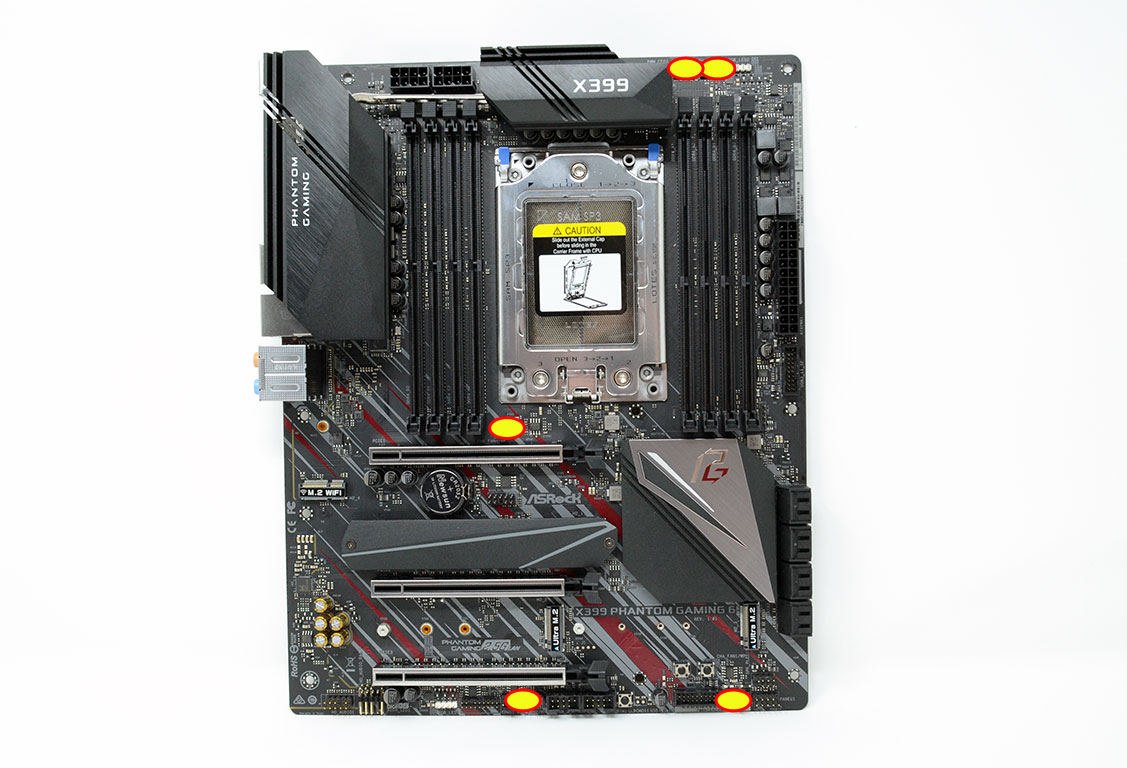

RAM: 2x 16GB G.Skill Trident Z5 DDR5-6000 C30Ĭooling: Cooler Master P元60 Flux 360mm AIOĪt Intel's default Core i9 13900K power settings, the Sonic performed within a margin of error of the other tested boards. Graphics: Nvidia GeForce RTX 4090 Founders Edition These add a bit of flexibility for non-gaming purposes. I also like to see HDMI 2.1 and DP 1.4a ports. It will do a job, but you wouldn't use it to deliver a flawless signal to a $10,000 pre/power amp combo. Intel WiFi 6E and Realtek 2.5G LAN controllers take care of networking duties, while Realtek ALC897 provides audio. I would like to see a 20GB/s port but we can’t have everything that boards at twice the price have. There are four USB 2.0 ports and four 10GB/s Gen 2 ports, one of which is Type-C. I am generally impressed with the I/O of the board. The heatsinks are a clear step up from those of cheaper boards and are merely warm to the touch when the CPU is loaded. My Core i9 13900K (opens in new tab) performed perfectly, and if it can handle that, it'll handle anything.ĭual 8-pin power connectors provide more than enough juice. ASRock doesn’t specify an amperage rating but given we're dealing with a B760 board that doesn't have to drive overclocked K-series processors, I would assume something in the lower end. Now that 24GB and 48GB DDR5 modules are hitting the market, ASRock says the B760M Sonic supports 4x48GB modules for up to 192GB of memory. That’s a good storage complement for an mATX B760 board. There are three PCIe 4.0 M.2 slots, all of which are cooled by simple heatsinks. You get a primary PCIe 5.0 x16 slot and a PCIe 4.0 x1 slot. eDP is more relevant to embedded or signage systems, not gaming systems.īeing a Micro-ATX board, you can't expect it to feature as many PCIe or M.2 slots as a full-sized board. I'd like to know the percentage of people that use such a connector.

On the back there's an eDP connector that you'd use to connect to a suitable screen. It looks a bit out of place but in almost all cases it will be covered by a graphics card, so it's not an issue really. The onboard WiFi is provided by an M.2 WiFi module. There are four RGB headers, three of which are addressable, six fan/pump headers and a USB 3.2 Gen 2 Type-C header.

The board has a good selection of onboard ports and headers. Price: $189 (opens in new tab) / £166 (opens in new tab)/ AU$349 (opens in new tab) USB: Up to 3x USB 3.2 Gen 2, 6x USB 3.1 Gen 1, 6x USB 2.0 CPU compatibility: Intel 12th & 13th Gen desktop processors


 0 kommentar(er)
0 kommentar(er)
